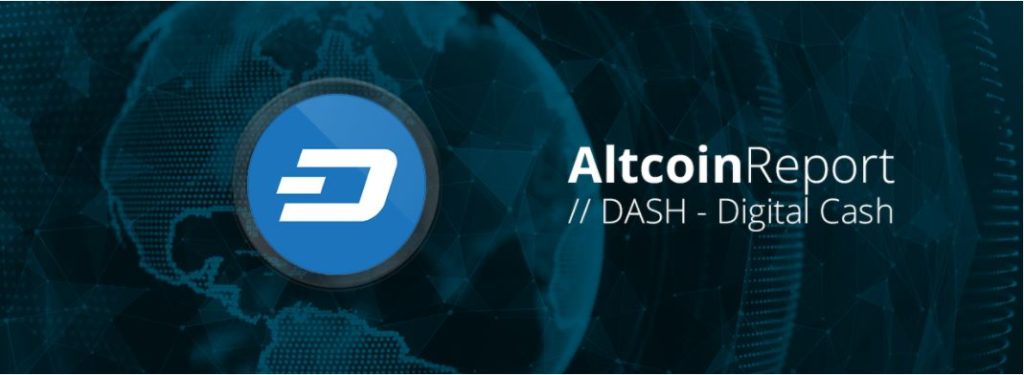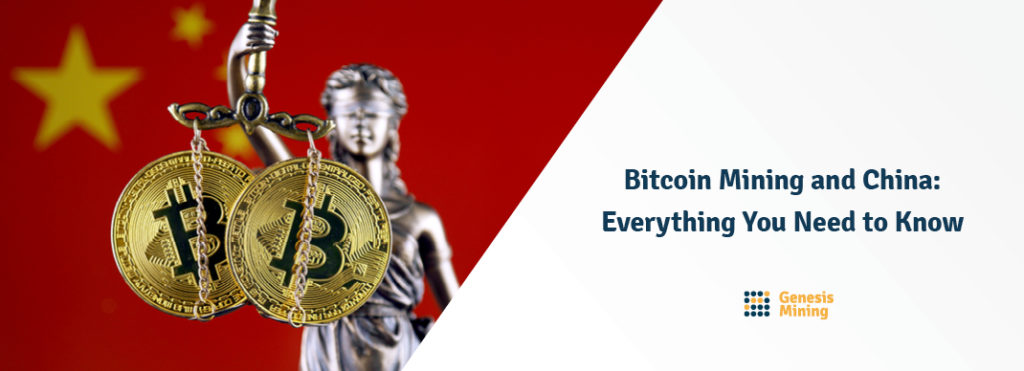We are excited to announce a new blog series in which we will be highlighting the most promising Altcoins (alternative crypto-coins) of the crypto world. Bitcoin still is one of the most popular and widely used cryptocurrencies available, but other protocols with their own special feature-sets are quickly catching up. Welcome to the first issue with Dash!
What is Dash?
______
Dash is an open-source peer-to-peer cryptocurrency that offers instant transactions (InstantSend) without confirmation wait times, private transactions (PrivateSend) that blur the transaction origin and a decentralized budget system, making it one of the first DAO’s (Decentralized Autonomos Organization).
It was launched in January 2014 by Evan Duffield, the lead developer of the protocol and has since been regularly updated by it’s team, which is paid through Dash’s blockchain. It’s among the top 10 most popular Altcoins, and has become increasingly popular for mining. If you are interested in learning how to mine dash, we an ultimate guide.
The protocol
______
Dash uses a number of different hashing functions, including X11 for POW (proof-of-work) and an own method of POS (Proof-of-Service) for it’s Masternode system.
Privacy
Unlike the ring-signature technique of Monero, Dash uses a customized version of the “CoinJoin” method for it’s PrivateSend feature. The implementation matches funds of different users and (essentially) shuffles the values via the Masternodes in the network. This obfuscates the flow of funds and transactions can’t be directly traced. PrivateSend is limited to 1000 DASH per session and requires multiple sessions to thoroughly anonymize significant amounts of money.
Masternodes
The mixing by PrivateSend is performed by Masternodes, which are servers (can essentially be a Raspberry Pi) operating on the decentralized network. They are randomly selected to sign transactions, secure the network and have a vote in the blockchain’s budget proposals.
As an incentive of operating a Masternode, the selected processing nodes currently earn 45% of the mining rewards. There is a requirement of 1000 Dash to host a Masternode, which avoids the possiblity of a network attack. There are currently (August 2016) about 4100 Masternodes on the network.
Governance & Funding System
Dash is one of the first DAO’s (Decentralized Autonomos Organization) with a ‘Sybil’ proof governance and funding system. It’s a decentralized process in which the network determines where money is spent. Each Masternode operator is given the ability to use his mMsternode vote on each new community proposal and the votes are counted in a transparent system. After a submitter has enough support the network will automatically pay out the funds every month. You can find an overview of the latest proposals on Dash Central.
Instant Transactions (InstantX)
By utilizing Masternode quorums, users are able to send and receive instant irreversible transactions. This especially allows vendors to use mobile devices in place of traditional POS systems for real world commerce and users to quickly settle face-to-face non commercial transactions as with traditional cash. This is done without a central authority. An extensive overview of this feature can be found in the InstantX white paper.
Mining Difficulty Adjustment (Dark Gravity Wave)
Dark Gravity Wave (DGW) is a mining difficulty adjustment algorithm created by Dash core developer Evan Duffield to address flaws in Kimoto’s Gravity Well. It uses multiple exponential moving averages and a simple moving average to smoothly adjust the difficulty, which is re-targeted every block. The block reward is not adjusted strictly by block number, but instead uses a formula controlled by Moore’s law.
Roadmap
______
The development team is working on a new update called “Dash Evolution” since more than year now: Dash Evolution creates a new type of cryptographic currency with various advanced features that assist in the creation of decentralized technology. Dash introduces a tiered network design, which allows users to do various jobs for the network, along with decentralized API access and a decentralized file system.
Here’s an official quote about the Evolution update by Andy Freer, one of the lead developers of Dash Evolution:
“Dash Evolution lets you make and receive virtual currency payments in websites and apps without needing a desktop app or an intermediary to facilitate your payment.
Dash Evolution also works differently to other virtual currencies because you access it as a user, can connect with friends and merchants, and can manage your purchases, refunds and subscriptions within the decentralized system.
This gives mainstream users, who expect web-access with a user name and password, the first easy-to-use and easy-to-access alternative to PayPal, Venmo, Apple Pay, that doesn’t require permission to use, doesn’t need centralized infrastructure to access, and can never freeze, take or lose user’s money.”
You can read the Whitepaper of Dash v13 / Evolution here.
Current Ecosystem
______
Besides Dash’s own native Client DashQT, there are other working desktop wallets like Exodus, and Mycelium available. The currency is also integrated in the JAXX mobile wallet. There are a couple announcements of official support in hardware wallets like Trezor and the Ledger Wallet and debit cards like Bitwala’s.
Dash is traded on Poloniex, Bittrex, Shapeshift and many more.
Additional Ressources
______
Official Website
Whitepaper
CoinMarketCap
Dash Reddit
Our next report will be about Monero (XMR) – Stay tuned for updates!
If you’d like to start mining Dash you can do so here!
Disclaimer: Our Altcoin Reports are provided to give an overview of available Altcoins in our mining catalogue and the cryptocurrency market. We are not affiliated with any of the development teams and we don’t guarantee the accuracy of the displayed information. Furthermore this is no investment advice.





